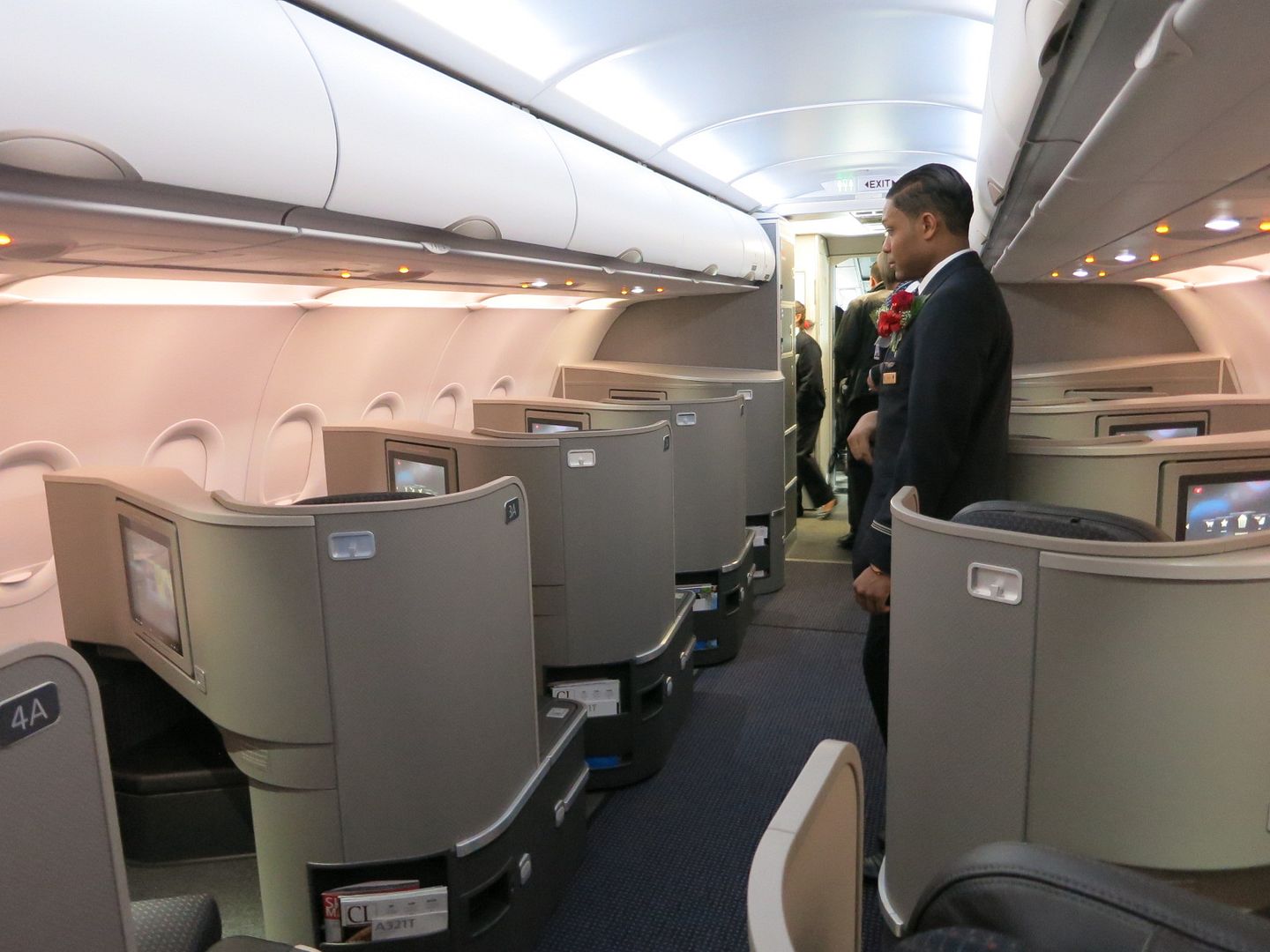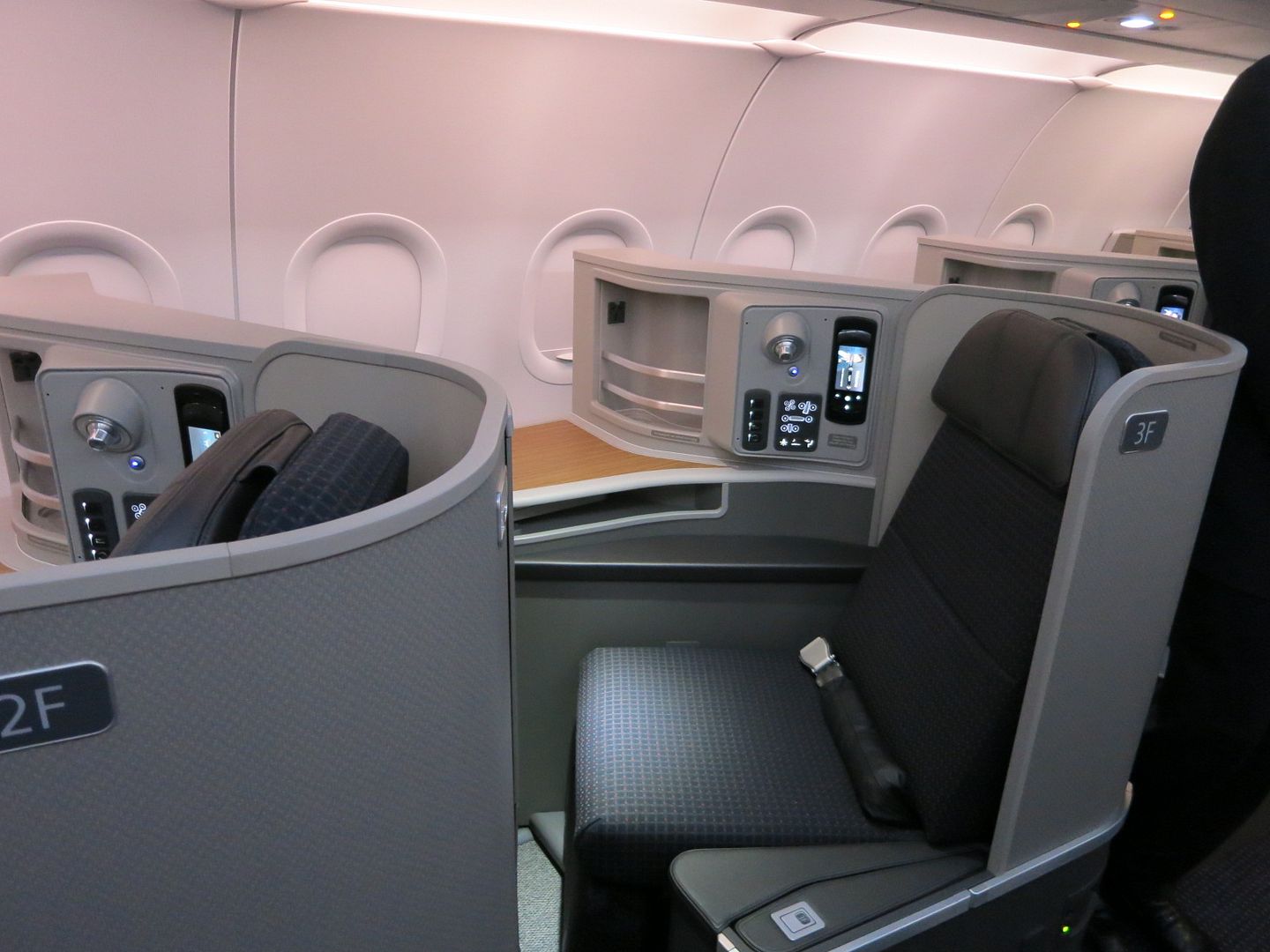Brian Sumers writes that United Airlines – despite dropping service to New York JFK – is trying to compete in the Los Angeles market with a dedicated phone line for Hollywood.
… United’s customer service news, and we learned the airline is forming a “dedicated phone desk” for important East and West Coast customers.
“The desk offers high touch phone and email support for our entertainment and media customers – a growing market for United,” the airline told employees. “A progressive step forward for our high yielding customers, United can now compete even further with Delta and American who offer similar support products in a very competitive market.”
I don’t think the entertainment and media desk will do a ton here, although the forthcoming renovations to United’s terminal will help.
Los Angeles is probably the most competitive airline market in the U.S. at least for premium passengers. New York – LA is the most lucrative route, with United having a lock on Newark and Delta’s strength at LaGuardia and New York JFK. (American is a clear third, and doesn’t even fly to many key business destinations from its JFK hub.)
There’s no overwhelming leader in Los Angeles. American is probably a nose ahead of Delta, with United third and much of their capacity coming from international. Southwest and Alaska and even JetBlue are strong as well.
It’s not clear that anyone is going to make big money there, though, with all of the resources being thrown at the airport and the inflight product to woo customers.
Delta completed a $250 million renovation of their terminal space this summer. That includes a private check-in lounge and a renovated Sky Club.

American had been the only airline with ‘private check-in’, their Flagship Check-in at the far end of the terminal with a separate door and porters with hotel luggage trolleys standing outside.
We now know LAX is getting an American Express Centurion lounge as well.
The LAX Tom Bradley International Terminal used to be one of the worst places in the United States. Not just one of the worst airport terminals. One of the worst places. Now it’s been completely redone.


The Star Alliance business class lounge there has a wonderful outdoor space overlooking airport operations, with fire pits.


Meanwhile the oneworld first class lounge at LAX, operated by Qantas, is probably the best airport lounge in the United States.
That may not be enough for LAX’s top end celebrities and the city’s wealthiest individuals who will be able to pay to use a new private terminal at the airport.
All of these improvements make American’s LAX Flagship Lounge look like, well, a basic Admiral’s Club.

American — though it has no announced plans for a more than half billion dollar renovation like in United’s terminal, mostly funded by the city — has the best inflight offerings at the top end since their New York flight is the only one with three cabins of service.


Delta, in contrast, has been known to switch aircraft on the route which can be especially painful for premium passengers on a redeye.

LAX is still congested. They have plans to address this — building an ‘intermodal transportation center’ about a mile from the airport with an automated people mover to carry passengers to the terminal — at a cost of about $4 billion (on a per-mile basis by far the most expensive project of its kind ever, and it will still mean long walks for passengers). They probably would have been better off with low emission buses.
Not everything about the airport is sunshine and unicorns. But it’s far better than it used to be, and in many ways getting better.


United cut 30% of capacity on these TCONs with the JFK closing. PMCO FAs don’t provide the level of PS service UA flyers are used to, as for them it’s just another flight. They have been subbing in PMUA 757s on the route. Lounges & terminal experiences on both ends are the pits. They can’t even do the GS phone line right, what makes anyone think they’ll get this right?
They just plain gave up and are banking on their EWR monopoly to make them money.
@UA-NYC
Considering that UA only makes money when it has a stranglehold on the local market, their move makes sense.
United NEVER made money off of the p.s. flights, and it’s easy to see why. Who would voluntarily fly United when many other superior choices are available? I’m sure that JetBlue Mint was the final nail in the coffin for their JFK operation.
@William UA used to make plenty of money off of PS, it was in the Continental takeover where things went south (as they did with many other aspects of the airline).
http://www.wsj.com/articles/SB121728185716790977
Quite telling:
Because of the dominance of business-class and first-class seats, and because customers are more willing to pay for premium cabins on p.s., United averages significantly higher average fares on those flights than other domestic trips. In the fourth quarter, according to government data, United’s average ticket between New York and Los Angeles was $884 round trip, while regular United service between Newark, N.J., and Los Angeles averaged about half that — only $448 round trip.
That means that the United p.s. flight on a 757 generated about 20% more revenue per trip than the United 757s flying between Newark and Los Angeles, even though Newark flights had many more seats. Mr. Tague says the two p.s. markets last year had “much stronger margins than the rest of our domestic system.”
Long, meandering, wordy post.